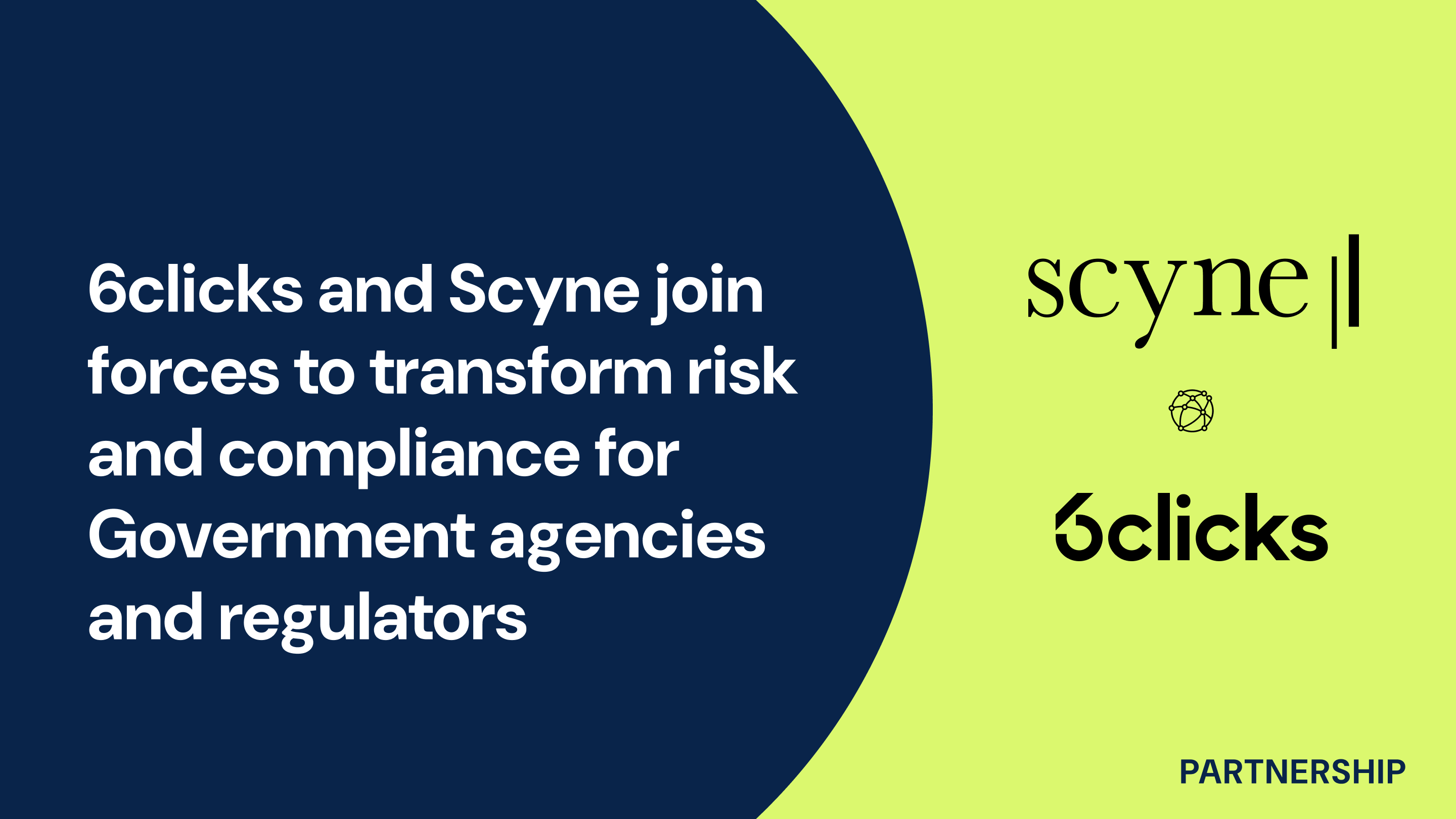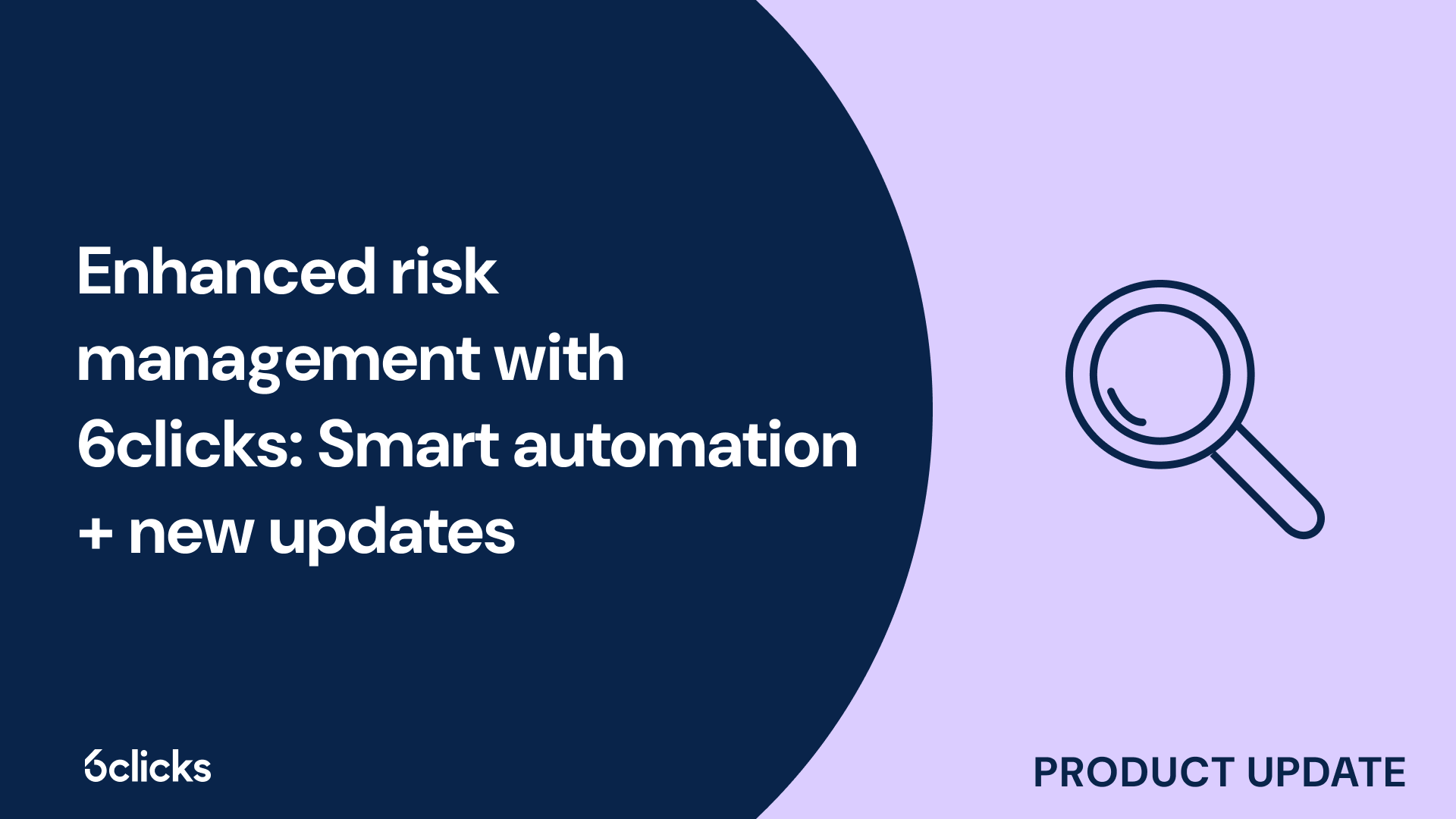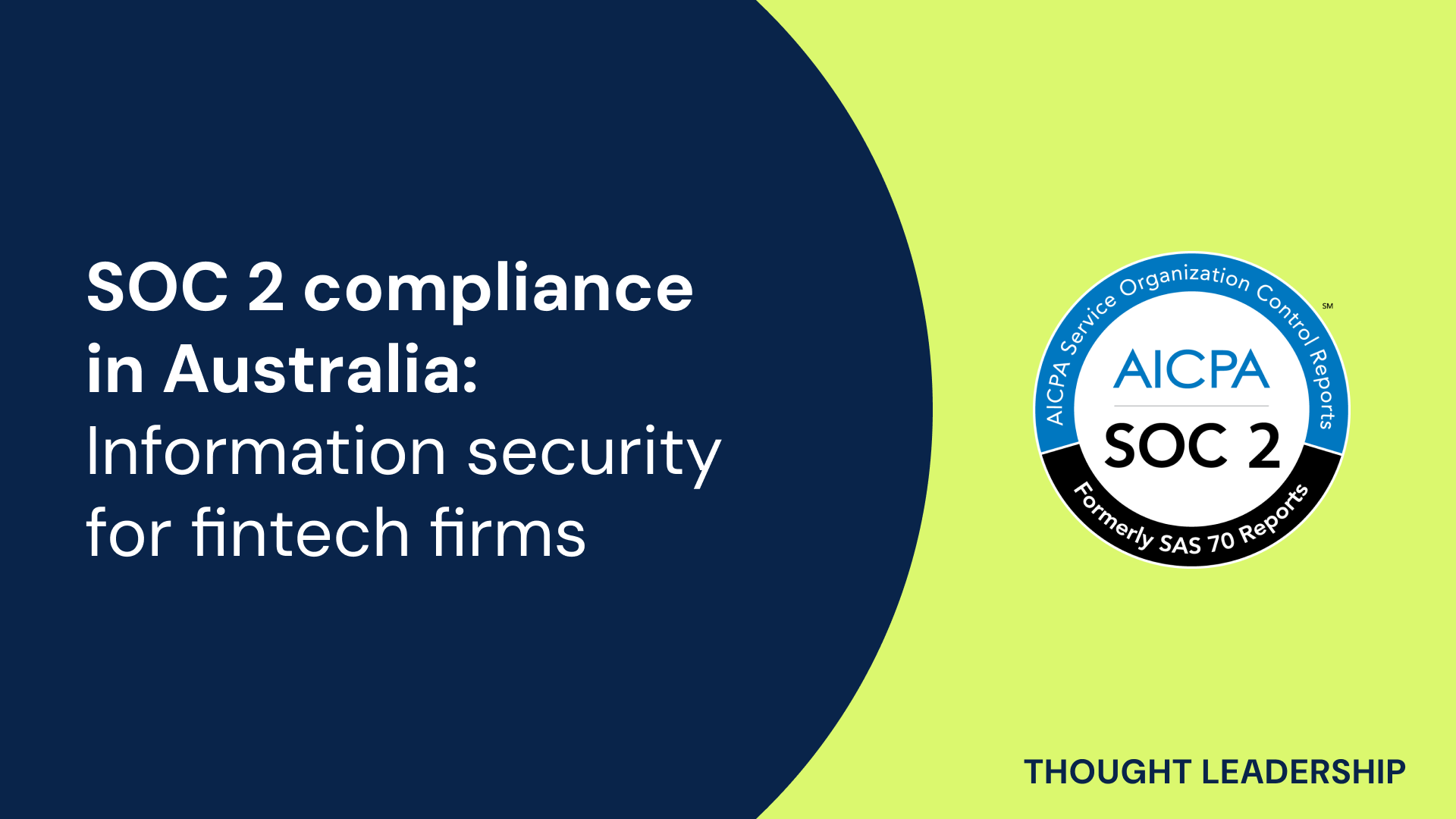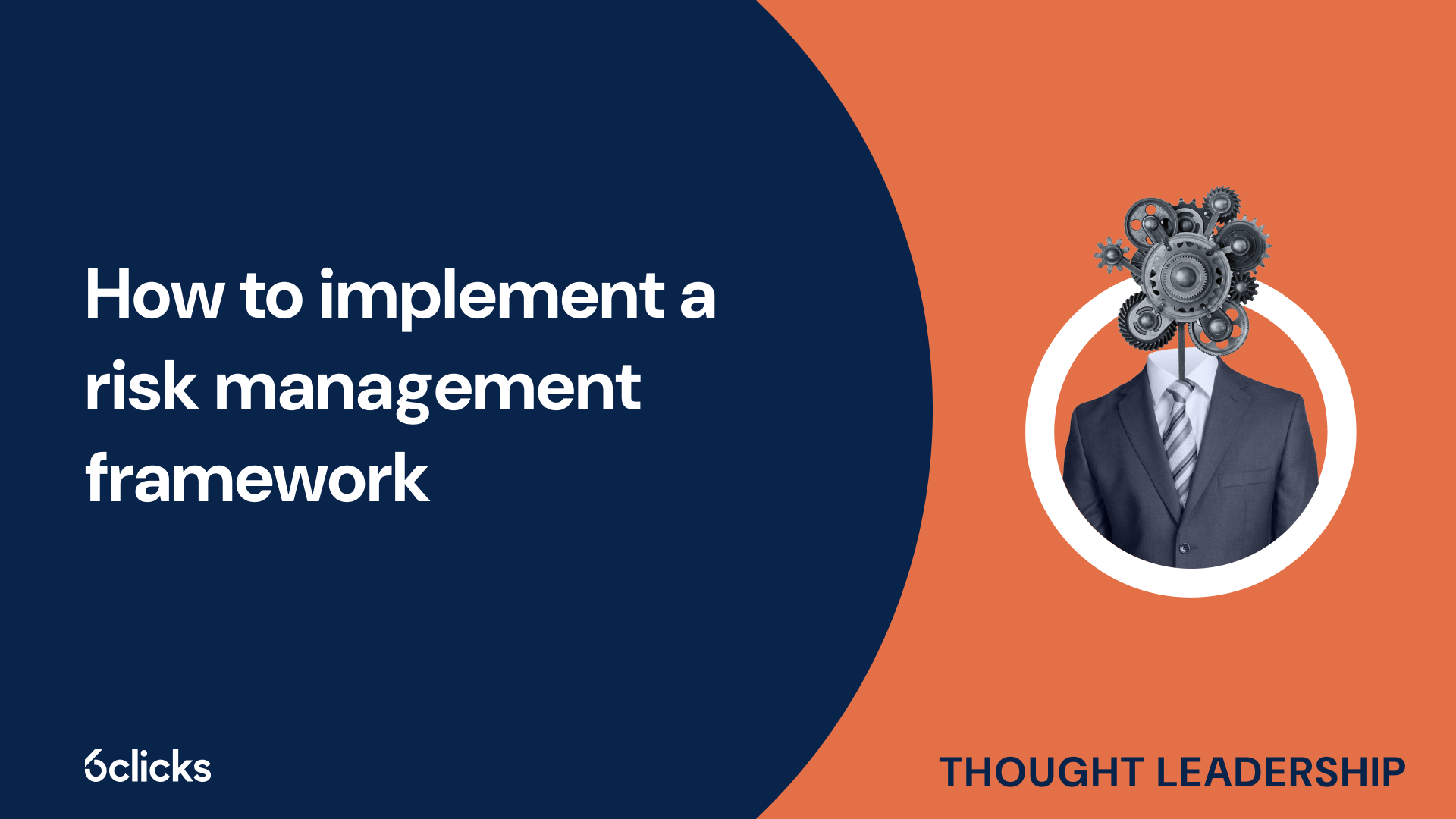The GRC buyer’s guide for 2025: Building resilience with AI-powered, federated solutions
Discover the ultimate GRC buyer's guide for 2025! Uncover how AI-powered, federated solutions transform compliance and security management for industries like government, aerospace, banking, and more. Learn about centralized control, continuous compliance, and advanced cyber GRC capabilities. Download now!
-1.png?width=200&height=249&name=Group%20193%20(1)-1.png)
The GRC buyer’s guide for 2025: Building resilience with AI-powered, federated solutions
What is NIST?
NIST stands for the National Institute of Standards and Technology. It is a federal agency under the U.S. Department of Commerce that promotes industrial competitiveness and enhances economic security. NIST's core function is to develop and promote measurements, standards, and technology to ensure the reliability and quality of various products and services. In the realm of cybersecurity, NIST plays a crucial role in setting security standards and guidelines for federal agencies and critical infrastructure services. Its work includes providing voluntary guidance, frameworks, and cybersecurity programs to help organizations protect their information systems and data from cyber threats and incidents. Additionally, NIST conducts research and collaborates with other government agencies and industry partners to advance measurement science, access control, and asset management. Through its comprehensive approach to cybersecurity, NIST aids in building a resilient and secure business environment in both the public and private sectors.
Definition of NIST
The National Institute of Standards and Technology (NIST) is a non-regulatory federal agency operating within the U.S. Department of Commerce. NIST's primary mission is to promote U.S. innovation and industrial competitiveness by advancing measurement science, standards, and technology.
As a non-regulatory agency, NIST works alongside federal agencies and industry to develop and apply technology, measurements, and standards to enhance economic security and improve the quality of life for Americans. NIST's activities span a wide range of areas, including cybersecurity, advanced materials, manufacturing, and biosciences.
NIST plays a crucial role in driving innovation and fostering industrial competitiveness. By providing technical expertise and developing standards, NIST helps businesses build and maintain efficient production processes, secure information systems, and effectively compete in global markets. NIST also helps federal organizations develop and comply with standards, ensuring the delivery of secure and reliable products and services to the American people.
Through its research, recommendations, and partnerships, NIST acts as a catalyst for technological advancement and economic growth, making it an invaluable asset to the United States.
Overview of NIST
The National Institute of Standards and Technology (NIST) is a non-regulatory agency within the U.S. Department of Commerce. Its primary goal is to enhance economic security and improve the quality of life for Americans by developing and applying technology, measurements, and standards. NIST collaborates closely with federal agencies and industry to drive innovation, foster industrial competitiveness, and ensure the delivery of secure and reliable products and services to the American people. With a focus on areas such as cybersecurity, advanced materials, manufacturing, and biosciences, NIST provides technical expertise, develops standards, and assists businesses in building efficient production processes and secure information systems. Through its voluntary guidance and technical support, NIST helps organizations navigate complex challenges and stay ahead in the ever-changing technological landscape. By promoting innovation and setting the foundation for secure and reliable systems, NIST plays a crucial role in shaping a resilient and prosperous future for the United States.
History of NIST
The National Institute of Standards and Technology (NIST) is an agency of the U.S. Department of Commerce that was established in 1901. Its primary goal is to promote innovation and competition within industries by providing the necessary standards, measurements, and technology.
NIST has played a crucial role throughout history in shaping the business environment and critical infrastructure of the United States. It has been at the forefront of advancements in measurement science, providing accurate and reliable standards for industries to follow. This has not only ensured the quality of products and services but has also facilitated fair competition among businesses.
Over the years, NIST has evolved to keep up with the changing needs of the industry. It has been at the forefront of developing security standards, especially in the field of cybersecurity. With the increase in cyber threats and incidents, NIST has taken on the responsibility of establishing frameworks and guidelines to help organizations better protect their critical information and systems.
In addition to its role in promoting innovation and competitiveness, NIST also contributes to the overall economic security of the nation. Its research and development efforts have led to advancements in various fields, ranging from advanced nanomaterials to corporate information technologies.
Mission and core functions of NIST
The National Institute of Standards and Technology (NIST) serves a vital mission in promoting innovation and competition, advancing scientific measurement standards and technology, and strengthening economic security in the United States.
One of NIST's core functions is to develop and maintain accurate and reliable standards that allow industries to ensure the quality of their products and services. By providing a framework for fair competition among businesses, NIST helps drive innovation and economic growth.
In addition, NIST plays a crucial role in cybersecurity. As cyber threats and incidents continue to rise, NIST develops, tests, and recommends best practices for federal agencies and other organizations in areas like online security. By establishing standards and guidelines, NIST helps organizations better protect their critical information and systems from cyber attacks.
NIST's impact extends beyond the United States. Its standards and regulations in areas such as cybersecurity have gained international recognition. This recognition not only enhances the competitiveness of American businesses but also fosters international cooperation in addressing cyber threats.
Framework core and voluntary guidance at NIST
NIST stands for the National Institute of Standards and Technology, an agency of the U.S. Department of Commerce. In the context of cybersecurity, NIST provides a framework core and voluntary guidance to help organizations understand and manage cybersecurity risks effectively.
The framework core developed by NIST is a set of cybersecurity activities, outcomes, and references that organizations can use to align their cybersecurity efforts. It consists of five key functions: Identify, Protect, Detect, Respond, and Recover. These functions work together to form a comprehensive approach to cybersecurity risk management.
The voluntary guidance offered by NIST further supports organizations in implementing the framework core effectively. It provides detailed steps, best practices, and methodologies to help organizations identify and prioritize their cybersecurity risks, protect their systems and data, detect and respond to incidents, and recover from any disruptions.
By following the framework core and voluntary guidance provided by NIST, organizations can gain a better understanding of their cybersecurity risks and develop strategies to mitigate them. These guidelines help organizations establish robust security controls, improve their incident detection and response capabilities, and enhance their overall cybersecurity posture.
Measurement science at NIST
Measurement science research and activities at NIST play a crucial role in ensuring accurate and reliable measurements across various industries. As the National Institute of Standards and Technology, NIST is responsible for developing and maintaining measurement standards that are used by organizations and professionals across the United States.
NIST's measurement science research focuses on advancing measurement techniques, tools, and technologies to meet the evolving needs of different industries. Through extensive research and development efforts, NIST aims to improve the accuracy, precision, and traceability of measurements in areas including manufacturing, healthcare, energy, and environmental monitoring.
NIST actively collaborates with government agencies, academia, and industry to achieve its measurement science goals. These collaborations involve partnerships, joint research projects, and the exchange of knowledge and expertise. By working together, NIST and its collaborators ensure that measurement standards are developed and updated to keep pace with advancements in technology and industry practices.
The measurement standards developed and maintained by NIST provide a foundational basis for reliable measurements across diverse sectors. These standards, often referred to as "traceability," ensure that measurements made by different organizations and laboratories are consistent and comparable. They support quality control, enable accurate product testing, facilitate fair trade, and underpin regulatory compliance.
Access control model used by NIST
NIST has developed an access control model that helps organizations ensure compliance with their standards and guidelines. This model provides a framework for managing access to information systems and resources, ensuring that only authorized individuals can access sensitive data.
The NIST access control model consists of several key components and principles. The first component is identification, where users are uniquely identified through usernames, passwords, or other credentials. This helps ensure accountability and traceability in accessing system resources.
The second component is authentication, which verifies the user's identity to prevent unauthorized access. This can include methods such as biometrics, smart cards, or two-factor authentication.
Next is authorization, where the access rights and privileges of each authenticated user are defined. This includes determining what actions a user can perform, what data they can access, and what resources they can modify.
The access control model also includes the principle of least privilege, which ensures that users are only granted the minimum privileges necessary to perform their tasks. This reduces the risk of unauthorized access and potential misuse of resources.
Another key principle is separation of duties, which requires that critical actions and responsibilities are divided among multiple individuals. This helps prevent fraud, errors, and abuse of privileges.
Implementing the NIST access control model helps organizations meet NIST compliance and security requirements. By managing access to their information systems and resources effectively, organizations can safeguard sensitive data, prevent unauthorized access, and mitigate cybersecurity risks.
Services provided by NIST
Introduction: NIST, which stands for the National Institute of Standards and Technology, is a government agency under the U.S. Department of Commerce. It is dedicated to promoting industrial competitiveness and enhancing economic security through the development and implementation of measurement science, standards, and technology. NIST provides a wide range of services to various sectors, including cybersecurity risk management, cybersecurity frameworks, and recovery planning. They also offer voluntary guidance and security standards for organizations to improve their cybersecurity capabilities and protect critical infrastructure. With a focus on ensuring the quality of life and advancing economic rivals, NIST plays a crucial role in the development of advanced nanomaterials, corporate information technologies, and compliance documents. As a trusted government laboratory, NIST collaborates with federal agencies, conducts research, and supports federal government requirements and contracts. By addressing cybersecurity threats and incidents, NIST plays a vital role in safeguarding the nation's infrastructure and contributing to a secure business environment.
Cybersecurity programs and events hosted by NIST
NIST, which stands for the National Institute of Standards and Technology, is a government agency that plays a crucial role in promoting cybersecurity and protecting critical infrastructure in the United States. Alongside its core function of developing and promoting measurement science, NIST also leads efforts to establish security standards, improve the nation's cybersecurity capabilities, and strengthen economic security.
NIST hosts various cybersecurity programs and events to raise awareness, foster collaboration, and educate organizations and individuals about cyber threats and mitigation strategies. One of its key initiatives is the NIST Cybersecurity Framework (NIST CSF), which provides organizations with voluntary guidance for managing and reducing cybersecurity risks.
Additionally, NIST organizes events like National Cybersecurity Awareness Month, which takes place every October. This event aims to engage and educate individuals on cybersecurity best practices, emphasizing the importance of protecting personal information and staying safe online.
Through its cybersecurity programs and events, NIST serves as a vital resource for federal agencies, government contractors, and other organizations looking to enhance their security posture. By providing compliance documents, access to cutting-edge research, and guidance on security controls, NIST helps organizations stay resilient against cyber threats, ultimately contributing to the protection of the nation's critical infrastructure.
Standards developed by the commerce for standards and technology (CST)
The commerce for standards and technology (CST) plays a crucial role in developing and implementing standards that ensure quality, reliability, and interoperability in various industries. As part of the National Institute of Standards and Technology (NIST), the CST works to create standards that address the needs of both public and private sectors.
CST standards are developed through a collaborative and transparent process involving industry experts, regulatory agencies, and other stakeholders. These standards serve as a benchmark for organizations, providing them with a foundation for measuring and improving the quality and reliability of their products and services. By adhering to CST standards, companies can enhance customer satisfaction, trust, and confidence.
The significance of CST standards can be seen in their impact on interoperability, which refers to the ability of different systems, products, or services to work together seamlessly. CST standards ensure that various technologies and components can communicate and work together effectively, enabling smooth and efficient operations in industries such as manufacturing, healthcare, telecommunications, and transportation.
CST standards are widely used in key industries such as telecommunications, information technology, manufacturing, healthcare, and transportation. These standards facilitate innovation, spur economic growth, and improve the overall competitiveness of organizations by ensuring that products and services meet industry-specific requirements and can seamlessly integrate with other systems.
Security standards created by the national institute for standards and technology (NIST)
The National Institute for Standards and Technology (NIST) is a federal agency within the United States Department of Commerce that develops and promotes security standards to protect federal information and systems. NIST is responsible for creating the NIST 800 series, which includes a collection of publications that provide guidance on various aspects of cybersecurity.
One of the most well-known publications in the NIST 800 series is NIST SP 800-53, which focuses on security and privacy controls for federal information systems. This publication provides a comprehensive set of controls and guidelines to help organizations manage and protect their data effectively. It covers areas such as access control, incident response, network security, and security assessment and authorization.
NIST SP 800-53 is part of a larger framework called the Risk Management Framework (RMF). The RMF provides organizations with a structured, step-by-step process for managing and mitigating risks to their information and systems. This framework helps organizations establish strong security practices and ensure the confidentiality, integrity, and availability of sensitive information.
By adhering to the NIST security standards, organizations can enhance the security posture of their systems and protect against cybersecurity threats. These standards are widely recognized and utilized by federal agencies, but they are also adopted by many organizations in the private sector looking to implement robust security measures.
Impact of NIST on US economy, business environment, and critical infrastructure
The National Institute of Standards and Technology (NIST) has a significant impact on the US economy, business environment, and critical infrastructure. NIST plays a vital role in promoting industrial competitiveness and economic security by providing standards and guidelines for various industries. These standards help businesses improve their quality of products and services, increase their efficiency, and ensure interoperability. Additionally, NIST's work in cybersecurity risk management is crucial for protecting critical infrastructure from cyber threats. NIST's cybersecurity frameworks and voluntary guidance provide organizations with the necessary tools and resources to identify, assess, and manage cybersecurity risks effectively. By following NIST's security standards, businesses can mitigate the potential impact of cybersecurity incidents, safeguard their critical infrastructure services, and maintain business continuity. The adoption of NIST's standards by federal agencies and organizations in the private sector strengthens the overall cybersecurity posture in the United States, fostering a more secure and resilient business environment.
Economic security improved with cybersecurity risk management tools created by N IST
NIST, which stands for the National Institute of Standards and Technology, plays a crucial role in enhancing economic security through the development of cybersecurity risk management tools. These tools have a significant impact on businesses by helping them protect their sensitive data and systems from cyber threats.
The NIST Cybersecurity Framework is a comprehensive set of guidelines that organizations can implement to effectively manage and mitigate cybersecurity risks. By following this framework, businesses can identify and prioritize their critical assets, implement security controls, and establish incident response procedures. This proactive approach not only helps organizations defend against cyber attacks but also ensures continuity of operations.
Implementing the NIST Cybersecurity Framework enables businesses to assess and manage the potential risks associated with sensitive data. This leads to improved economic security as organizations are better equipped to prevent data breaches, minimize downtime, and protect their customers' trust.
Furthermore, the NIST Framework provides a common language and approach that promotes collaboration and information sharing between organizations, industry partners, and government agencies. By aligning with the framework's best practices, businesses can achieve compliance with federal regulations and enhance their overall security posture.
Industrial competitiveness strengthened with cybersecurity capabilities developed by N IST
NIST, the National Institute of Standards and Technology, plays a crucial role in strengthening industrial competitiveness through its development of cybersecurity capabilities. By providing guidance and resources, NIST empowers businesses and industries to enhance their security posture and effectively combat cyber threats.
Through its cybersecurity programs and initiatives, NIST offers a comprehensive framework for organizations to assess, manage, and mitigate cybersecurity risks. These programs provide valuable tools and guidelines that assist businesses in prioritizing their cybersecurity efforts, implementing appropriate security controls, and establishing incident response procedures. By following NIST's best practices, organizations can significantly reduce their vulnerability to cyber attacks and protect their critical assets.
The impact of these cybersecurity capabilities on industrial competitiveness is significant. By effectively managing cybersecurity risks, businesses can safeguard their intellectual property, customer data, and proprietary information. This fosters a competitive advantage by ensuring continuity of operations and protecting their reputation. NIST's cybersecurity programs also enable businesses to comply with federal regulations and enhance their security posture, which can be a distinguishing factor in a competitive industry landscape.
Moreover, by promoting collaboration and information sharing, NIST's cybersecurity initiatives foster innovation. Businesses and industries can learn from each other's experiences and best practices, leading to the development of more robust cybersecurity strategies and technologies. This enables organizations to embrace new opportunities and technologies without compromising security, fostering economic growth and industrial competitiveness.








